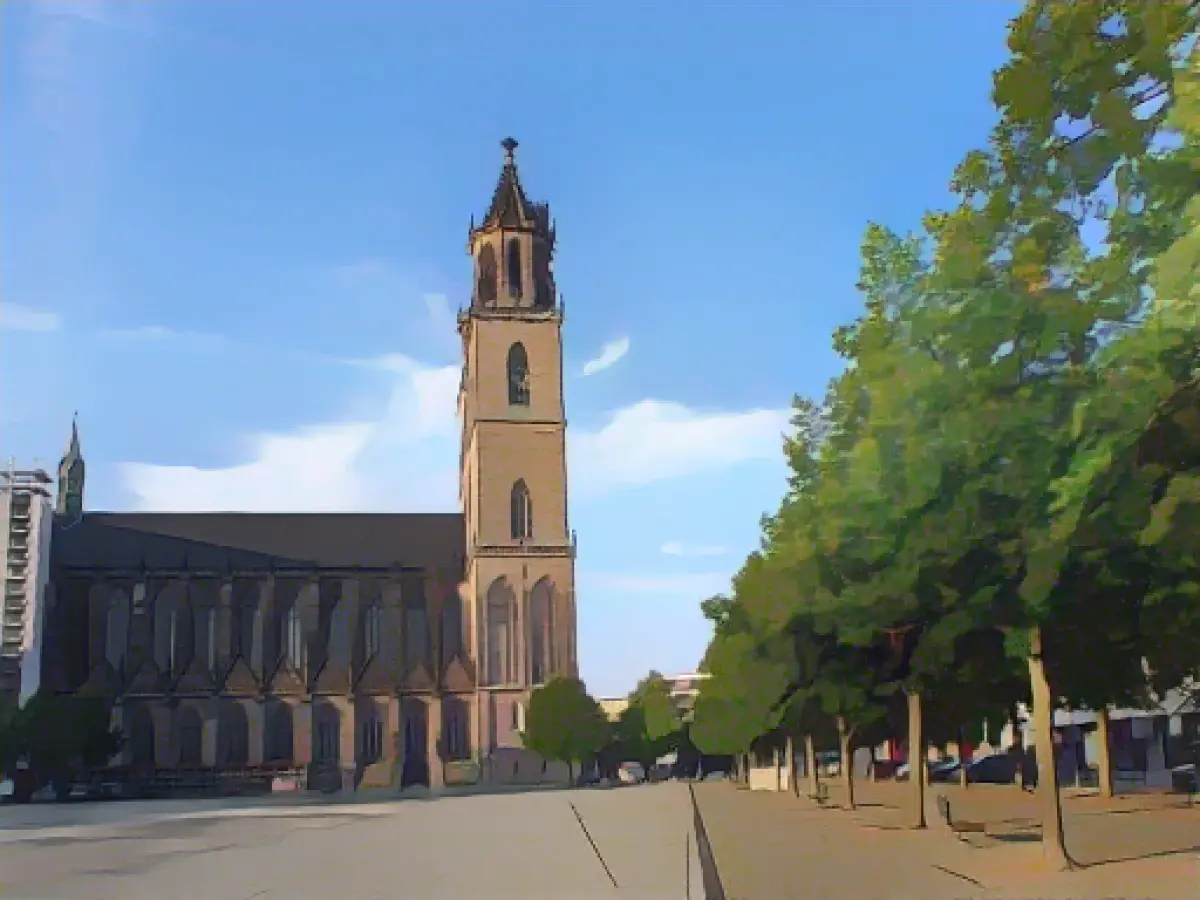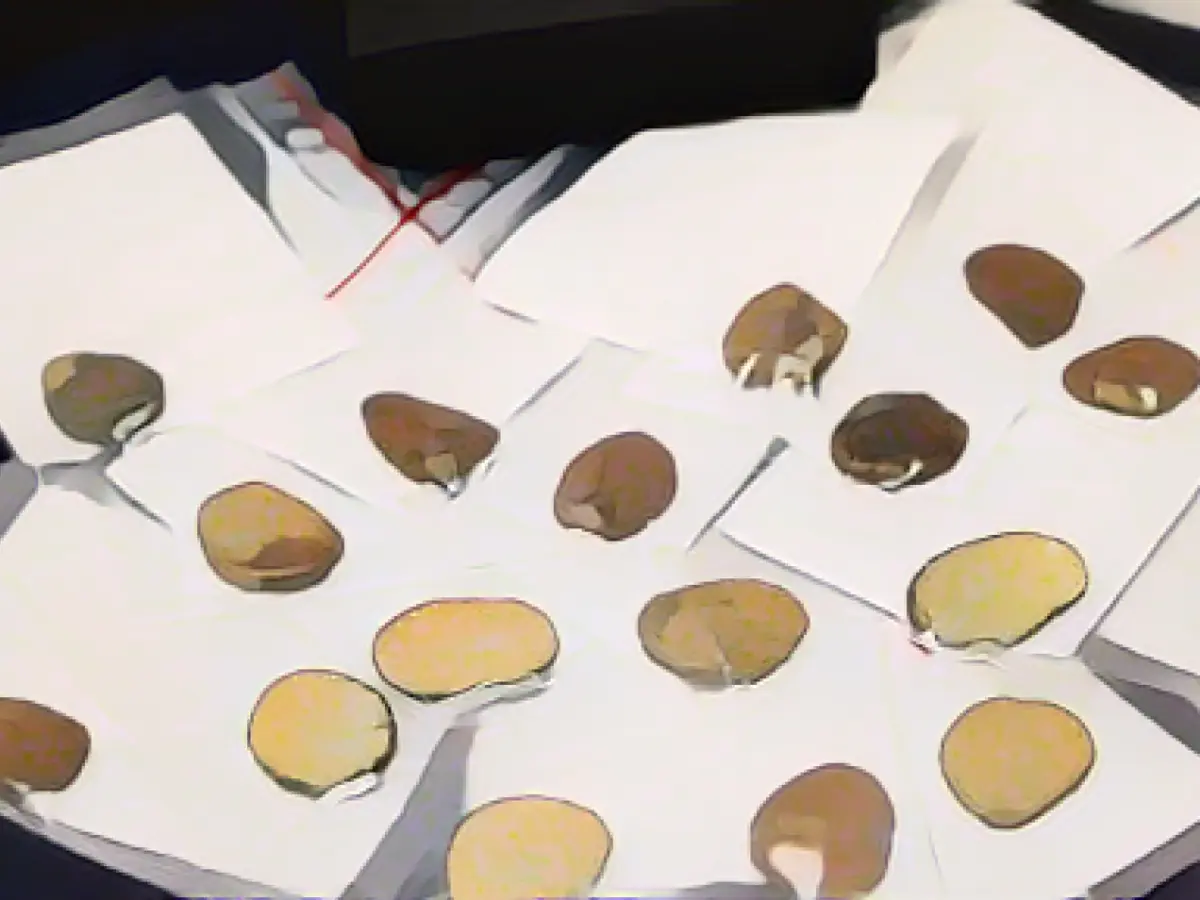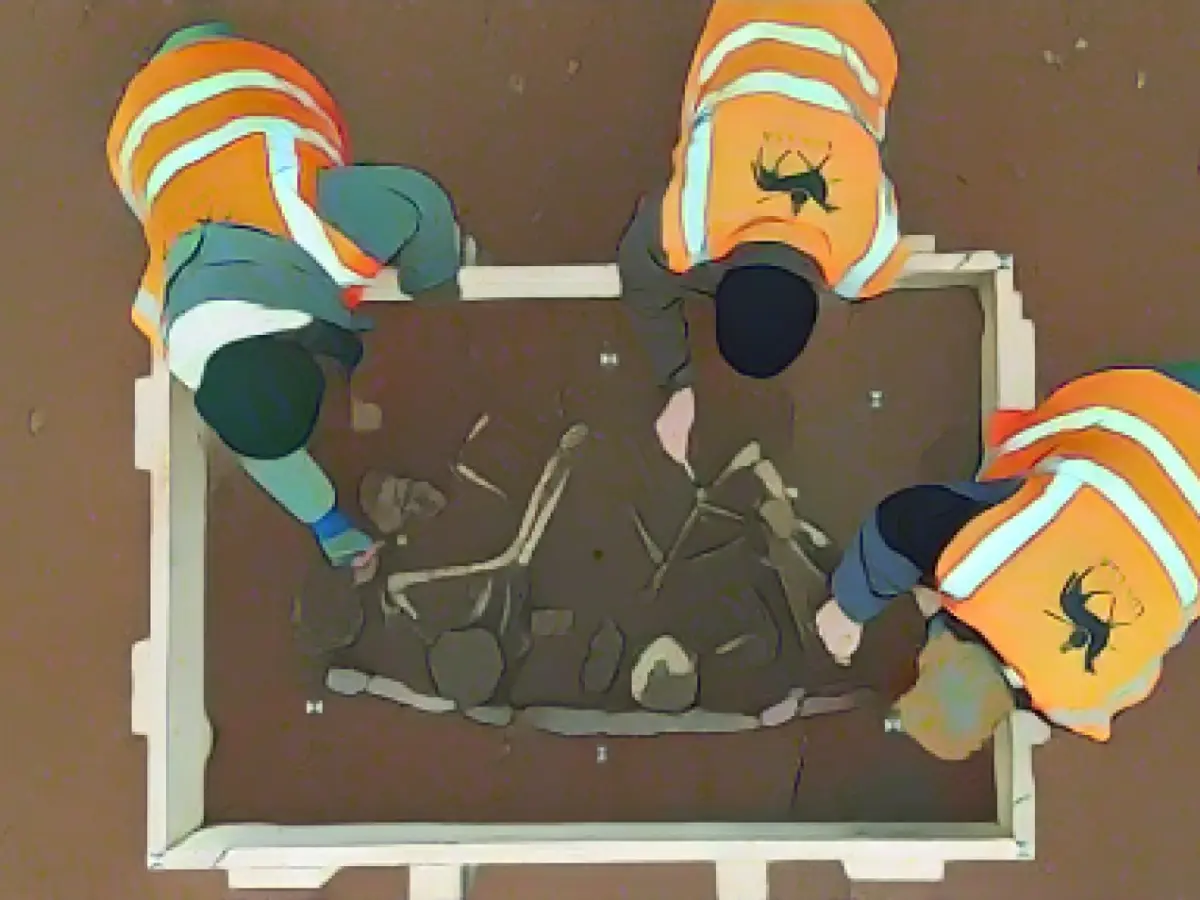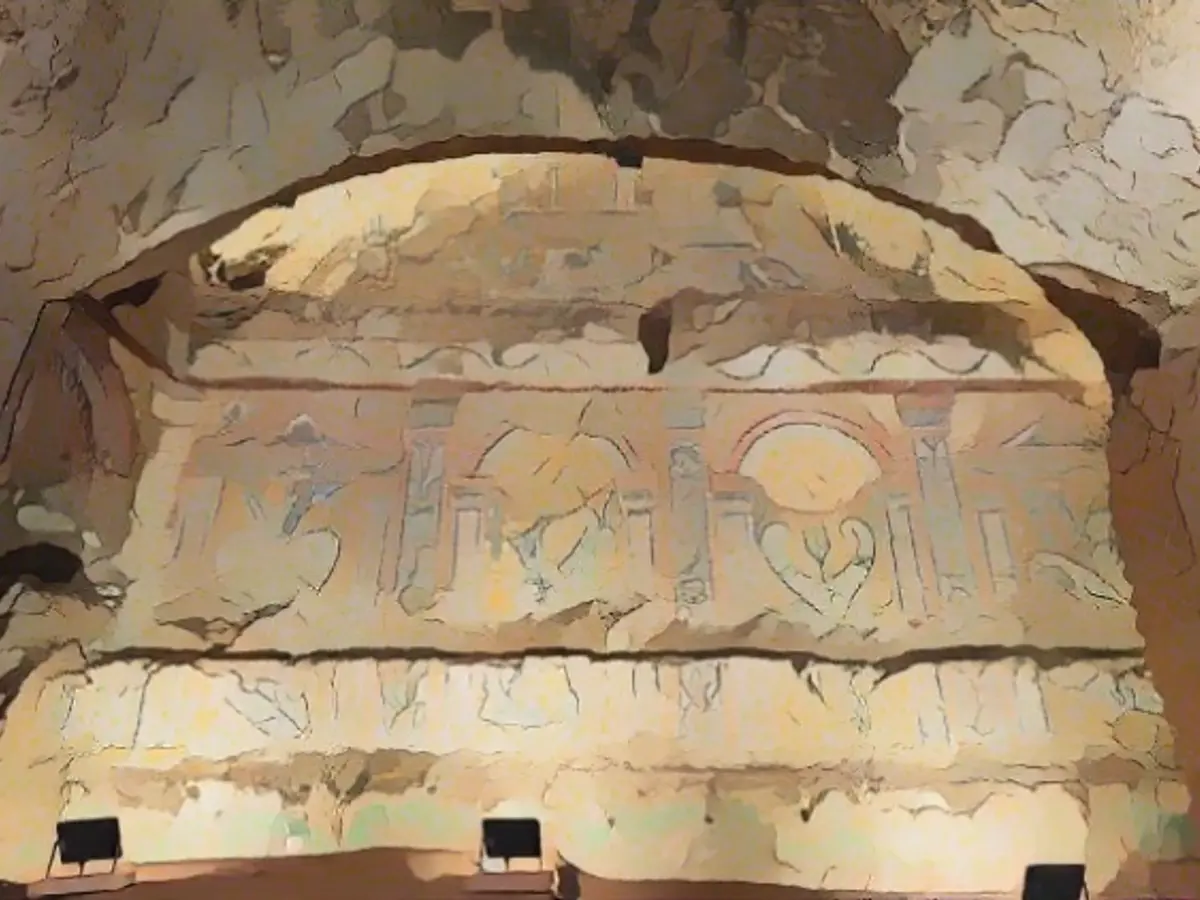Uncovered for the first time after a millennium, ancient wall fragments from a grand structure have been unearthed on Magdeburg Cathedral Square. Excavation manager Holger Grönwald revealed on Thursday that these old wall remains hark back to the time of Otto the Great (912-973) or his successors.
"We've uncovered the bases of two walls, from an outer wall of a semi-circular room, known as an apse, and a separate wall base," said Grönwald, excited about this groundbreaking find. State archaeologist Harald Meller, in agreement, commented that this discovery marked a significant advance in the field of archaeology, offering fresh insights into Magdeburg's historical past, particularly during the Ottonian period.
Previously, archaeological digs in the late 1950s and '60s as well as in the early 2000s unearthed mere excavation pits, hinting at the presence of a monumental building. However, it seems the investigators had barely missed the current site, with a mere 10 centimeters separating them. It is now apparent that the 12th-century addition was built directly on the Ottonian-era masonry.
Features present in the former exterior of the building include a sloping plinth made of plaster mortar. Both west-facing walls boasted this protective feature, aiming to shield them from moisture. The outer wall of the apse appears to have been decorated with half-columns or pilasters, hinting at its grand display and representation.
Grönwald explained that this monumental building succumbed to a fire in 1207, contributing to the simultaneous destruction of the Gothic cathedral. The investigators are currently probing the building's historical utilization in more depth as part of a research project.
During the Ottonian era, Magdeburg held significant allure for the ruling monarchs. Otto the Great and his wife, Editha, played a leading role in bringing about the city's initial development in the 10th century. Their eventual burial in Magdeburg underscores the city's importance.
Alongside the remains of this 10th-century masonry, archaeologists discovered a stone cist tomb, dating to a more recent era. The tomb contained the remains of multiple individuals.
Collaborating with the State Office for Monument Preservation and Archaeology and Heidelberg University's Institute for European Art History, the excavation has furnished valuable new insights into the history of Magdeburg, as well as shining a light on the civic roles of preserving and uncovering historical relics.
This archaeological breakthrough offers profound insights into the history of Magdeburg, highlighting significant aspects of the Ottonian period, as well as emphasizing the importance of city municipalities in preserving and exposing historical remains for public appreciation.








